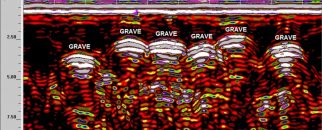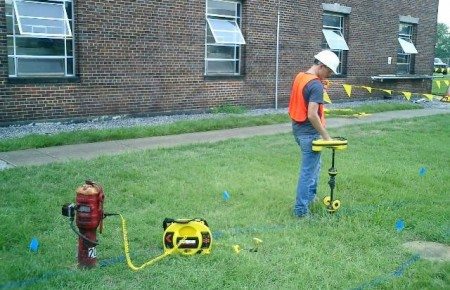
In some cases, it lower-quality logs were used as soft-data or removed completely to prevent unrealistic porosity data-points in the geomodel. After several iterations, 463 of the 630 wells were used as hard-data to constrain porosity distribution within the final 3D geomodel. All log data were loaded into 3D and gross interval-average porosity maps were used as quality-control checks on the merged porosity logs.

The merged porosity logs were ranked by log-quality. Initial log cleanup and normalization was done with 1D histograms and 2D cross-sections. The 3D facies distribution was then used to constrain permeability data and to create 'rock property regions' by grouped facies to improve the local flow variability in 3D simulations during the flow simulation history-matching.Įxtensive petrophysical work was done to constrain the extremely broad vintage, quality, and type of log data into a core-calibrated, field-wide data set for distribution in the 3D geomodel. Facies were predicted at Seminole field away from core control to provide a quality-control check on the depositional model within the 3-D geo-model. Major transgressive surfaces were the most significant vertical reservoir baffles.įive facies groups were predicted in uncored wells using fuzzy-logic constrained by available log data and vertical core-facies proportion curves.

Both transgressive (flooding events) and regressive maxima (some were microkarsted) surfaces were correlated. The stratigraphic framework was first built from 1D core descriptions consistent with outcrop-based stratigraphy, then tied to 2D log cross-sections and isopach maps, and finally extended with 3D well-log correlation to define the geomodel's internal geometry. Stratigraphic framework construction builds off the facies description and depositional modeling, and has a primary impact on all other aspects of reservoir characterization because the gridded stratigraphic framework constrains all 3-D property distributions. One interesting finding at SSAU is evidence of dissolution in core material that was collected post-CO2 flood. The principal reservoir facies are fusulinid dolowackstone, fusulinid-peloid dolopackstone, and coated-grain dolograinstone. Depositional facies control the reservoir properties with the exception of pore-plugging by late anhydrite. The core facies description work was key to developing a depositional model, and helped calibrate well log responses. The depositional model and stratigraphic framework tasks provides a basis for constraining the eventual geomodel framework, as well as both geophysics and petrophysics modeling tasks. The major geomodel workflow tasks are presented in order as follows: The input data set for integration into this full-field model consisted of 12,000 ft of core, 630 well logs, 3D seismic, and 40+ years' production history. This presentation illustrates the reservoir characterization steps used in the creation of the full-field geomodel that was initially validated using quality-control checks in the geomodeling workflow.

Recently a full-field reservoir characterization 3D geomodel was constructed both for input to ongoing reservoir simulation efforts, and as a tool for integrated reservoir management decisions.

The West Texas Seminole San Andres Unit (SSAU) is a mature CO2 flood and one of the ten largest fields in the Permian Basin, with 615 MMBO cumulative production. Zahm3, Chris Zahm4, and Don H Caldwell5 -, Littleton, CO 2Amerada Hess Corporation, Houston, TX 3Bureau of Economic Geology, Houston ,TX 4ConocoPhillips Corp., Houston,TX. Wingate2, Jim Bush2, Ken Kosco2, Michelle Simon2, Scott Pluim2, Becky Tupman2, Laura C. Presentation for CEED CO2 Forum, Midland, Texas, December 12, 2003Ĭonstruction and Validation of an Integrated 3D Reservoir Characterization Geomodel for Reservoir Management at Seminole San Andres Unit


 0 kommentar(er)
0 kommentar(er)
